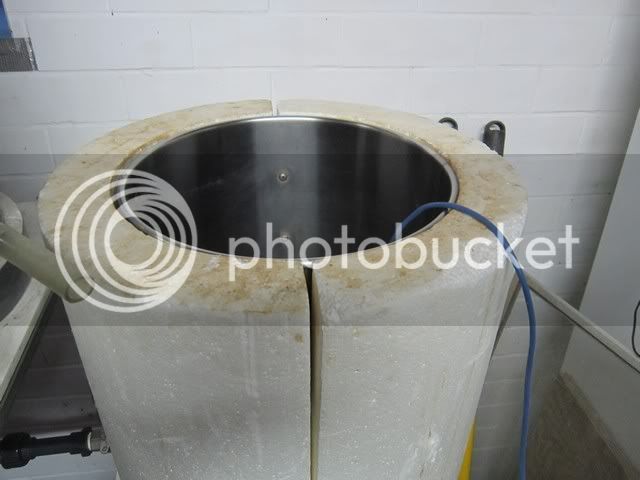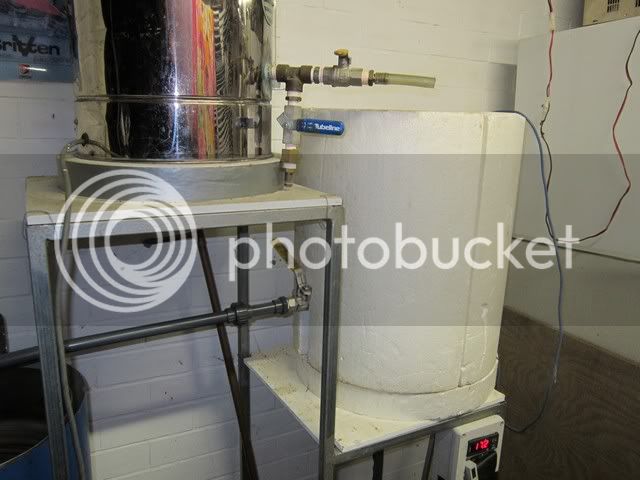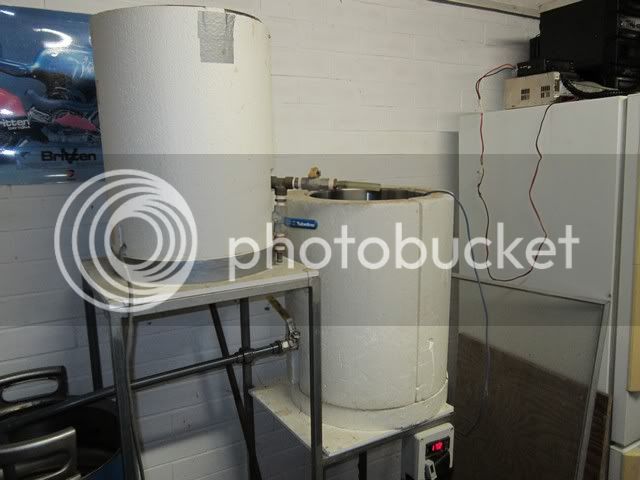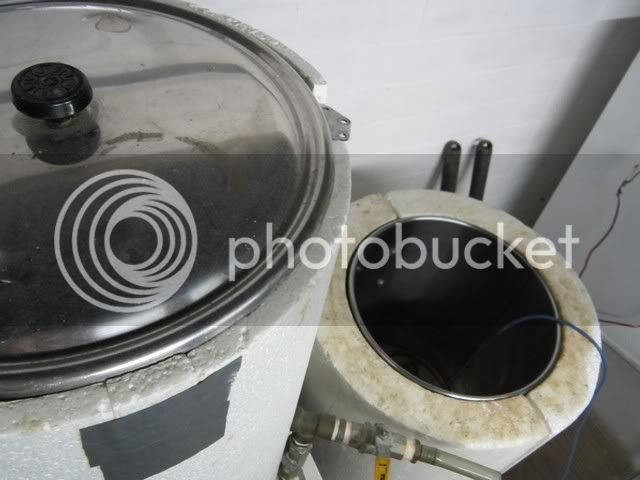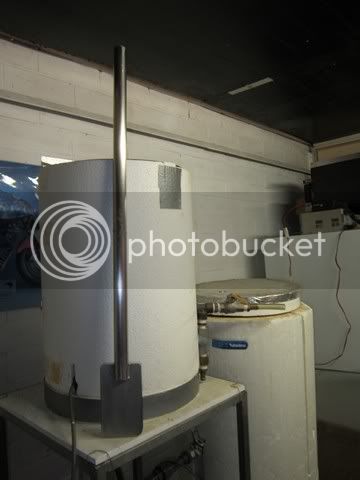dreamboat
Fantasy Brewer
- Joined
- 24/4/03
- Messages
- 674
- Reaction score
- 0
I can no longer drink, so after looking at my brewery in the garage for the last 18 months, it is now up for sale.
Brew Stand - welded steel, three tier, outlet from the kettle is conveniently just above the height of the top of a fermenter. Painted ply platforms for the hot liquor tank and mash tun. Temperature control and digital timer fixed to the frame.
Kettle - converted keg, stainless steel socket welded to it, stainless steel ball valve. Strainer which can be screwed to the inside of the stainless socket to keep most of your hop flowers out of the fermenter. (no picture of the strainer, not even sure where it is...). Kettle has a heat shield which goes around it to keep most of the heat on the keg when the burner is going.
Burner - 4 ring, cast iron, big heavy thing which works a treat.
Hot Liquor tank - Urn, around 25 litres, 2400 Watts. Two valves on the outlet (brazed on) to allow you to drain hot water to either the mash tun or direct to the kettle.
Mash tun - Urn, around 30 litres, 2400 Watts, with both V-wire mesh false bottom and drilled copper pickup tube under.
Insulation for both the HLT and the mash tun is cut to shape polystyrene. Mash tun insulation is around 50mm thick, only around 10mm for the HLT.
Mash Paddle - Big strong stainless steel handle with big stainless steel plate welded to the end.
Cooling Coil - Copper tube rolled to shape, sized to fit into the HLT if HERMS is your thing.
Operation - I designed this system to minimise the time required to get a brew completed on the brew day. Typically, I would measure the grain out the day before, and keep it in a bucket ready to go. I fill the mash tun with the right quantity of strike water and and mash salts, and set the timer for about 1/2 an hour before I want to mash in, and set the thermostat (Dixell) for the desired strike water temperature. When I got home from work, or out of bed or whatever, simply check the strike water temperature and pour the grain into the mash tun, mix it in, put the lid on, and move the temp probe into the HLT and set the desired HLT temp. The mash tun is well insulated, typically having a temp drop of around 1C during the course of the mash. With the element in the mash tun it is possible to add heat directly, but there is a possibility of scorching if the element is run for too long, it can still be done, but only for short bursts at a time. I'll have to check the brew book, but I think the most grain I have mashed before was around 8kg (not much room to stir the mash with this load) to do a double batch of a light beer - more typical would be 5kg.
$600 for the lot. Not too interested in splitting and ending up with half the gear still in the garage in 6 months time...
Photo's....
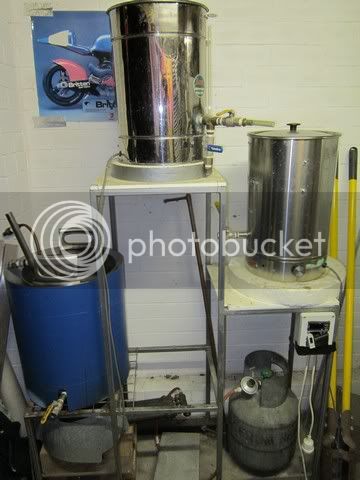
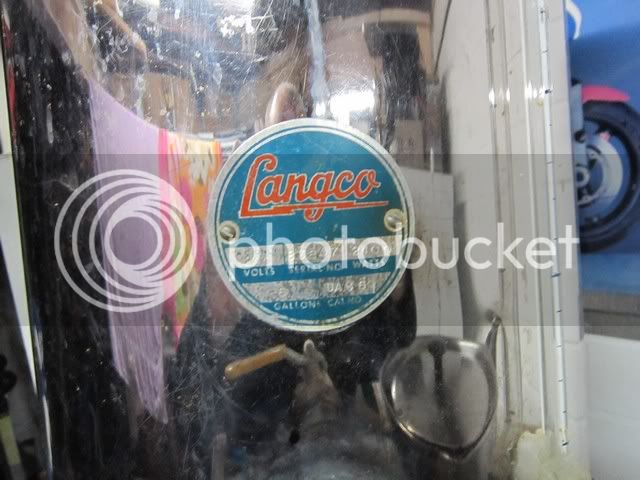
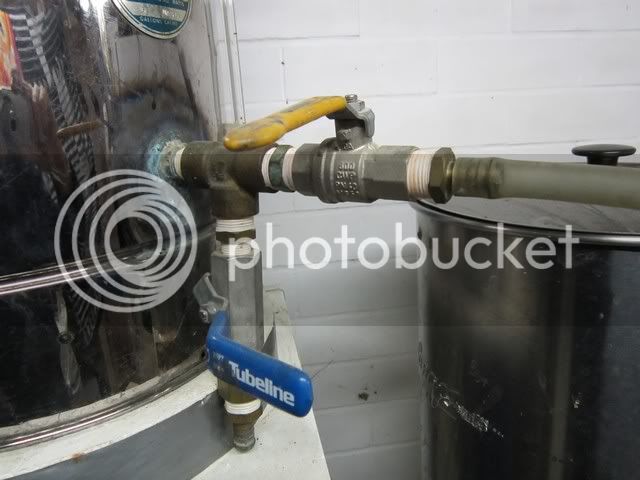
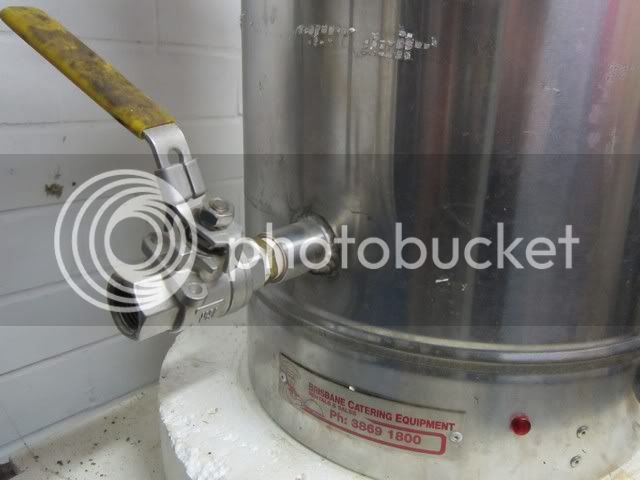
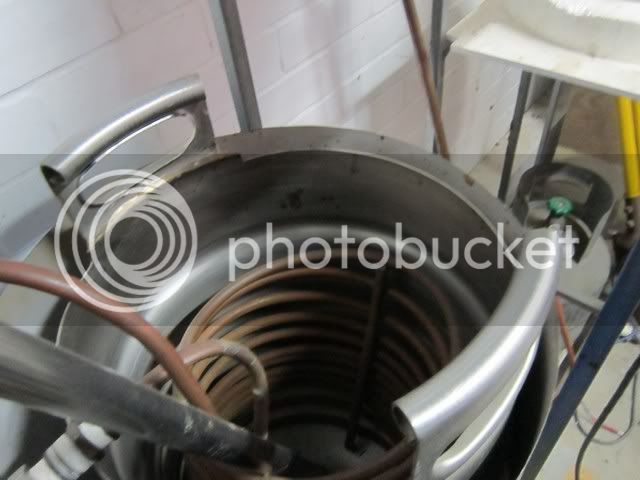
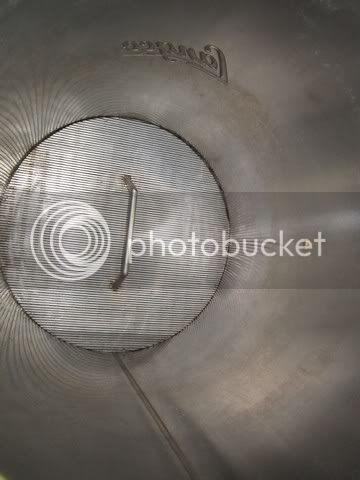
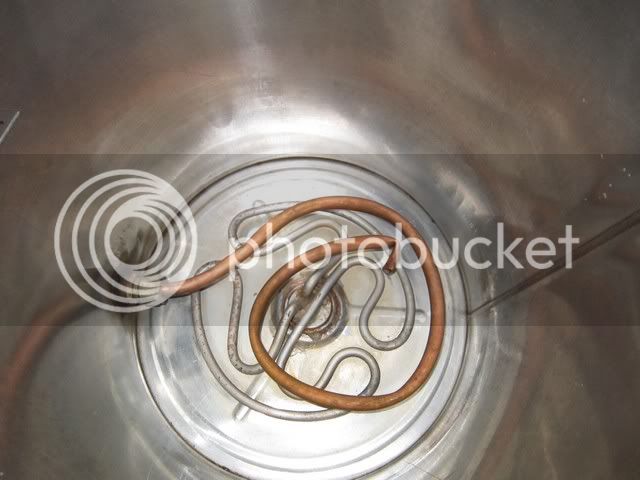
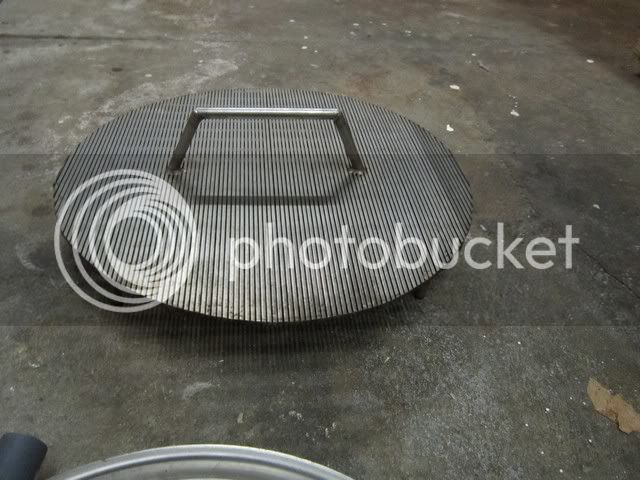
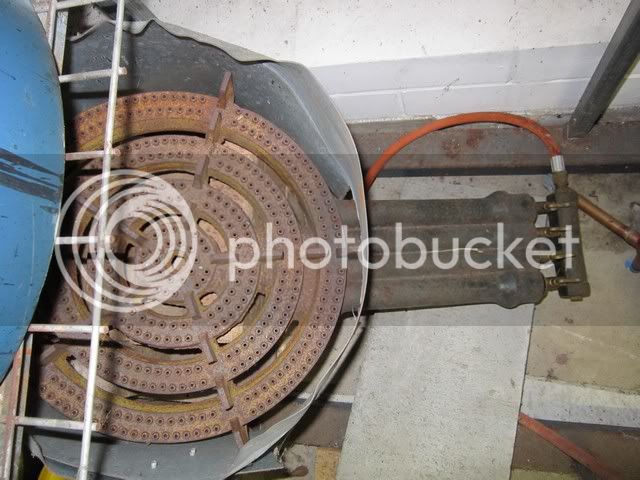
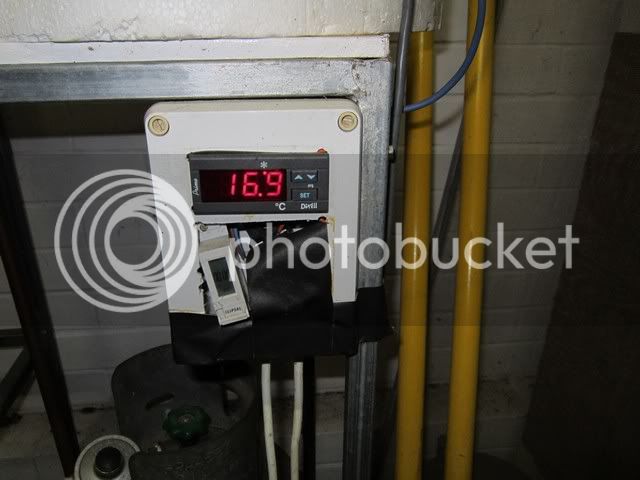
PM or post in the thread if you are interested.
Rob.
Brew Stand - welded steel, three tier, outlet from the kettle is conveniently just above the height of the top of a fermenter. Painted ply platforms for the hot liquor tank and mash tun. Temperature control and digital timer fixed to the frame.
Kettle - converted keg, stainless steel socket welded to it, stainless steel ball valve. Strainer which can be screwed to the inside of the stainless socket to keep most of your hop flowers out of the fermenter. (no picture of the strainer, not even sure where it is...). Kettle has a heat shield which goes around it to keep most of the heat on the keg when the burner is going.
Burner - 4 ring, cast iron, big heavy thing which works a treat.
Hot Liquor tank - Urn, around 25 litres, 2400 Watts. Two valves on the outlet (brazed on) to allow you to drain hot water to either the mash tun or direct to the kettle.
Mash tun - Urn, around 30 litres, 2400 Watts, with both V-wire mesh false bottom and drilled copper pickup tube under.
Insulation for both the HLT and the mash tun is cut to shape polystyrene. Mash tun insulation is around 50mm thick, only around 10mm for the HLT.
Mash Paddle - Big strong stainless steel handle with big stainless steel plate welded to the end.
Cooling Coil - Copper tube rolled to shape, sized to fit into the HLT if HERMS is your thing.
Operation - I designed this system to minimise the time required to get a brew completed on the brew day. Typically, I would measure the grain out the day before, and keep it in a bucket ready to go. I fill the mash tun with the right quantity of strike water and and mash salts, and set the timer for about 1/2 an hour before I want to mash in, and set the thermostat (Dixell) for the desired strike water temperature. When I got home from work, or out of bed or whatever, simply check the strike water temperature and pour the grain into the mash tun, mix it in, put the lid on, and move the temp probe into the HLT and set the desired HLT temp. The mash tun is well insulated, typically having a temp drop of around 1C during the course of the mash. With the element in the mash tun it is possible to add heat directly, but there is a possibility of scorching if the element is run for too long, it can still be done, but only for short bursts at a time. I'll have to check the brew book, but I think the most grain I have mashed before was around 8kg (not much room to stir the mash with this load) to do a double batch of a light beer - more typical would be 5kg.
$600 for the lot. Not too interested in splitting and ending up with half the gear still in the garage in 6 months time...
Photo's....










PM or post in the thread if you are interested.
Rob.





